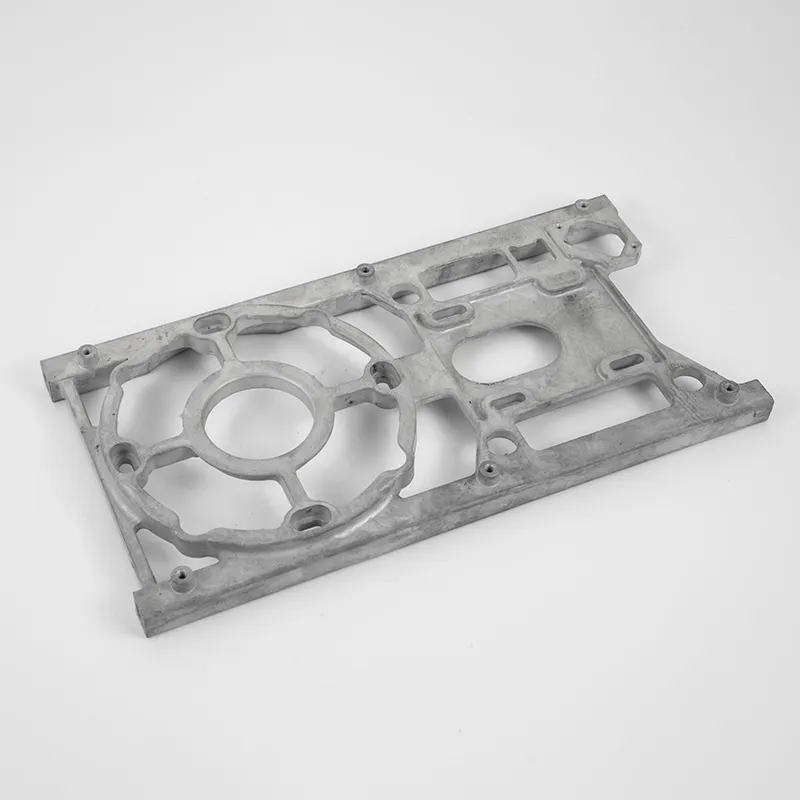
Die casting is a manufacturing process that involves pouring molten metal into a steel mold, also known as a die, to create precise and intricate metal parts. This process is highly efficient and capable of producing a wide range of products with exceptional detail and accuracy. From everyday objects to complex industrial components, die casting is a versatile and widely used technique in the manufacturing industry.
One prime example of die casting is the production of locks and gears. These are common finished products that we encounter in our daily lives, often without realizing their origins in the die casting process. Locks, for instance, require a high level of precision and durability to ensure security and reliability. Die casting allows manufacturers to create locks with intricate internal mechanisms and smooth external surfaces, ensuring that they function flawlessly and withstand the test of time.
Gears, on the other hand, are essential components in many mechanical systems, from automobiles to industrial machinery. The precision and durability of gears are crucial to the smooth operation of these systems. Die casting enables manufacturers to produce gears with tight tolerances and consistent quality, ensuring that they mesh perfectly and transmit power efficiently.
Beyond locks and gears, die casting is used to create a diverse range of products. Hooks, for example, are commonly found in homes, offices, and industrial settings, and die casting allows for the production of hooks with strong, durable, and aesthetically pleasing designs. Toys are another example of die casting in action, as the process enables manufacturers to create intricate and colorful designs that appeal to children of all ages.
Door handles, pumps, and power tool housings are also common examples of die casting. These products require a combination of strength, durability, and precision to function effectively, and die casting provides the ideal solution. The process allows manufacturers to create handles and housings with smooth surfaces and precise dimensions, ensuring that they fit and function as intended.
Golf clubs are another surprising example of die casting. The heads of golf clubs, particularly those made for drivers and irons, are often produced using die casting. This process enables manufacturers to create clubs with precise weight distribution, optimal aerodynamic properties, and durable construction, all of which contribute to improved performance on the golf course.
In general engineering castings, die casting is a go-to process for producing complex and intricate parts. From automotive components to aerospace parts, die casting enables manufacturers to create parts with tight tolerances, consistent quality, and exceptional detail. The versatility and efficiency of the process make it an invaluable tool in the manufacturing industry.
